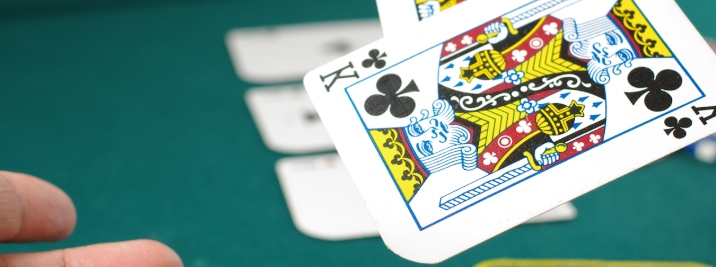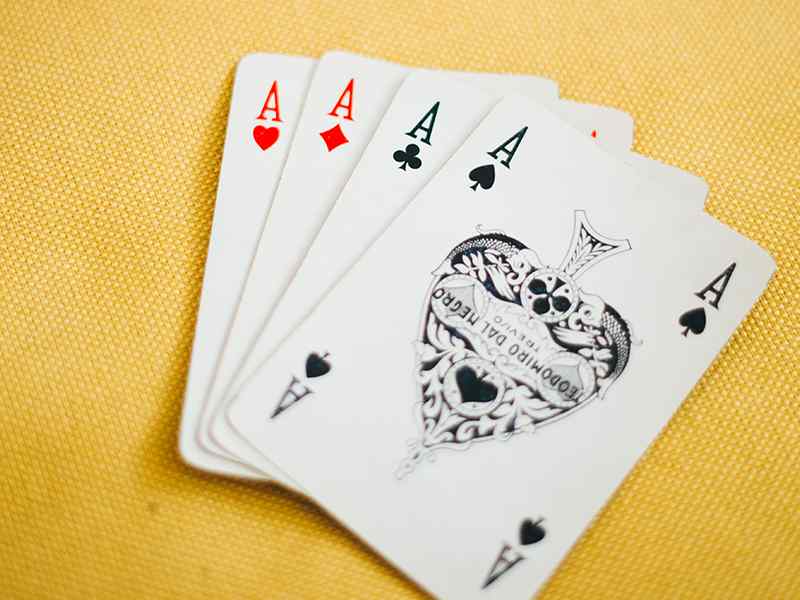Understanding how often certain hands are likely to appear is important for every poker player looking to win at online poker.
Here, we take a look at how often different hands are likely to come along. We’ll also introduce the key statistical terms you’ll need to master your online poker game.
Understanding the stats
Poker is a game of cunning, skill, bluffing and - statistics.
Here’s a run through of the key terms you’ll need to understand the odds behind the game.
- Distinct hands - this refers to the number of different ways you can draw a given hand, not counting different suits.
- Frequency - this is the number of ways to draw a given hand, including the same card values in different suits.
- Probability of drawing a given hand - this is calculated by dividing the number of ways of drawing the hand (the frequency) by the total number of 5- or 7-card hands.
For example, there are four different ways to draw a royal flush (one for each suit), so the probability is 4/2,598,960 or one in 649,740. So you can expect to draw this hand about once in every 649,740 draws, or nearly 0.000154% of the time.
Probabilities of poker hands (5-card hands)
Royal flush - 0.000154%
Straight flush - 0.00139%
Four of a kind - 0.0240%
Full house - 0.1441%
Flush - 0.1965%
Straight - 0.3925%
Three of a kind - 2.1128%
Two pair - 4.7539%
One pair - 42.2569%
No pair - 50.1177%

Probabilities of poker hands (7-card hands, such as Texas Holdem)
Royal flush - 0.0032%
Straight flush - 0.0279%
Four of a kind - 0.168%
Full house - 2.60%
Flush - 3.03%
Straight - 4.62%
Three of a kind - 4.83%
Two pair - 23.5%
One pair - 43.8%
No pair - 17.4%

Learning when to play different hands
Understanding how often a given hand appears gives insight into whether or not to play it. In other words, it tells you the odds that you hold the winning hand.
Every hand has a certain amount of “equity” against other poker hands (which is just another way of saying how likely it is to beat another hand based on the maths).
When deciding what hands to play, you need to maximize that equity, giving yourself the highest percentage chance to win that hand on average.
There are three key factors to consider when deciding what hand to play when:
- The equity of your hand
- The stage in the game
- Competitors’ playing styles
As you perfect your game, you will begin to make these assessments naturally.
The more time you spend playing, the better you will be at assessing the equity of your hand and your competitors’ playing styles. This will help you judge which hands you might want to play even if the odds aren’t in your favour.




